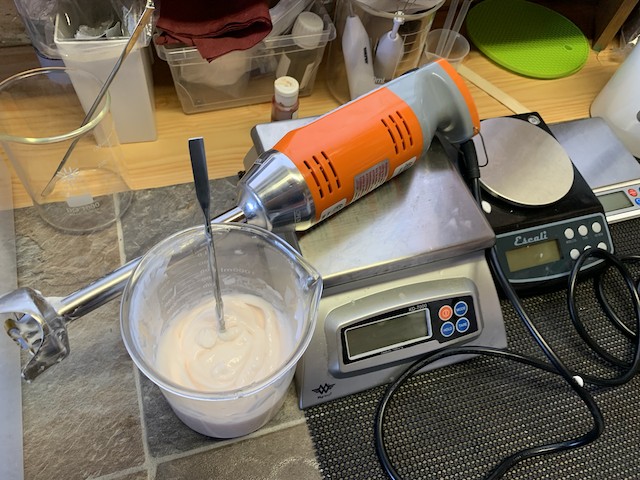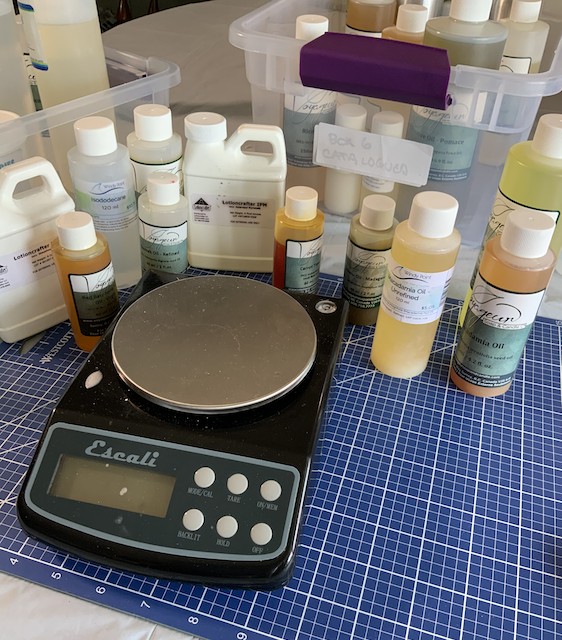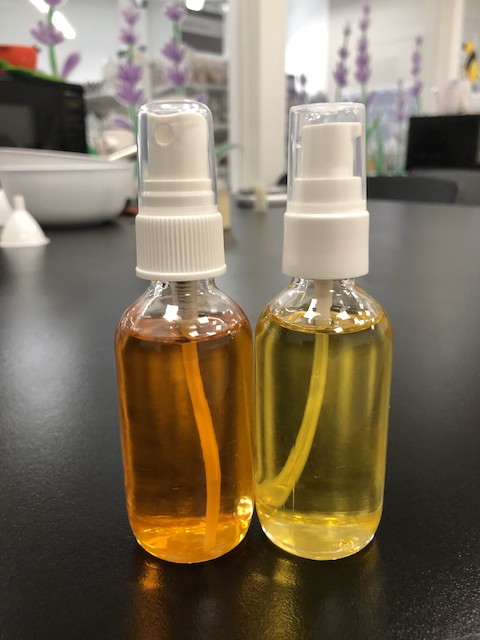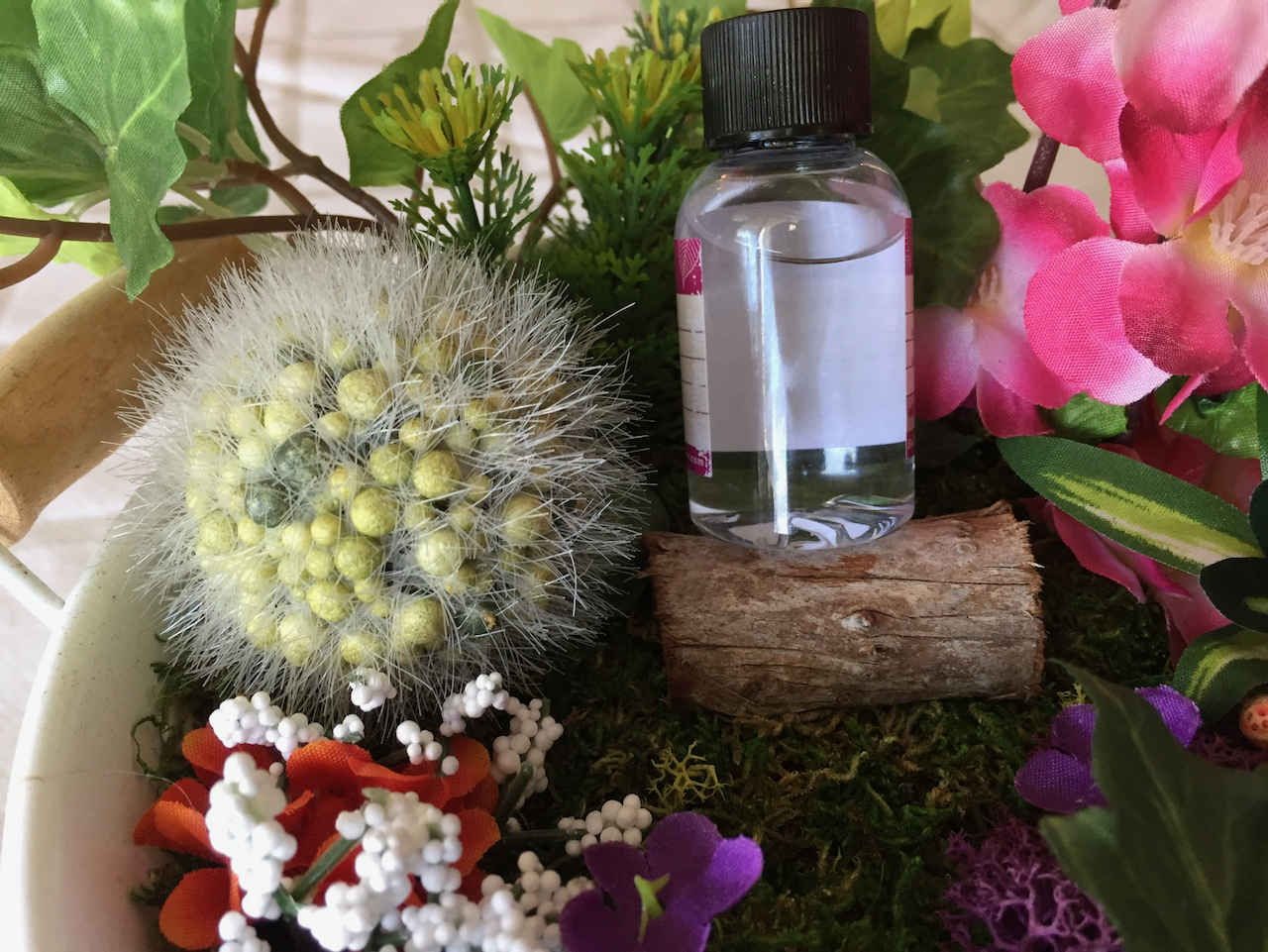Merry Christmas!
Wow, is it really Christmas? Raymond, little Sasja, and I want to thank you all so much for your kindness and support of the blog and our family this year! 2020 has been an absolutely mind-bogglingly bad year with the pandemic and fires and murder hornets and brain-eating amoebas and everything else that’s happened, so we’re … Read more





